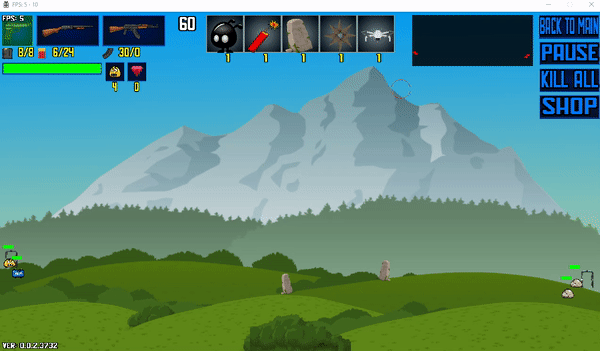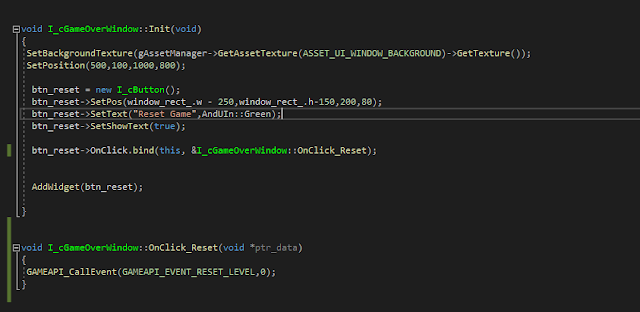Of Screen Resolutions and Minimaps

If you ever see the code for ABC-Pop (not if I can help it). You would soon became rationally angry at my design choices. And then, very soon - irrationally angry. In my previous post I wrote about camera-pan movement and render to texture functions in which I rendered entire level to a texture and then just rendered the camera view to the screen. Well, when I was developing ABC-Pop, I never knew about SDL_SetRenderTarget function (in hindsight, it's obvious) and I soon encountered the problem of handling my UI and game rendering for multiple resolutions. A sane mind would go on the net and search about handling UI rendering and game rendering against unknown target resolutions. Not me. I like to invent and discover stuff for my self. But sometimes instead of discovering hot water, you end up discovering piss. And that was what I did for ABC-Pop. So instead of heating water to boil, I pissed in the pan and called it hot. Okay, enough metaphors. I made my entire game work ...




